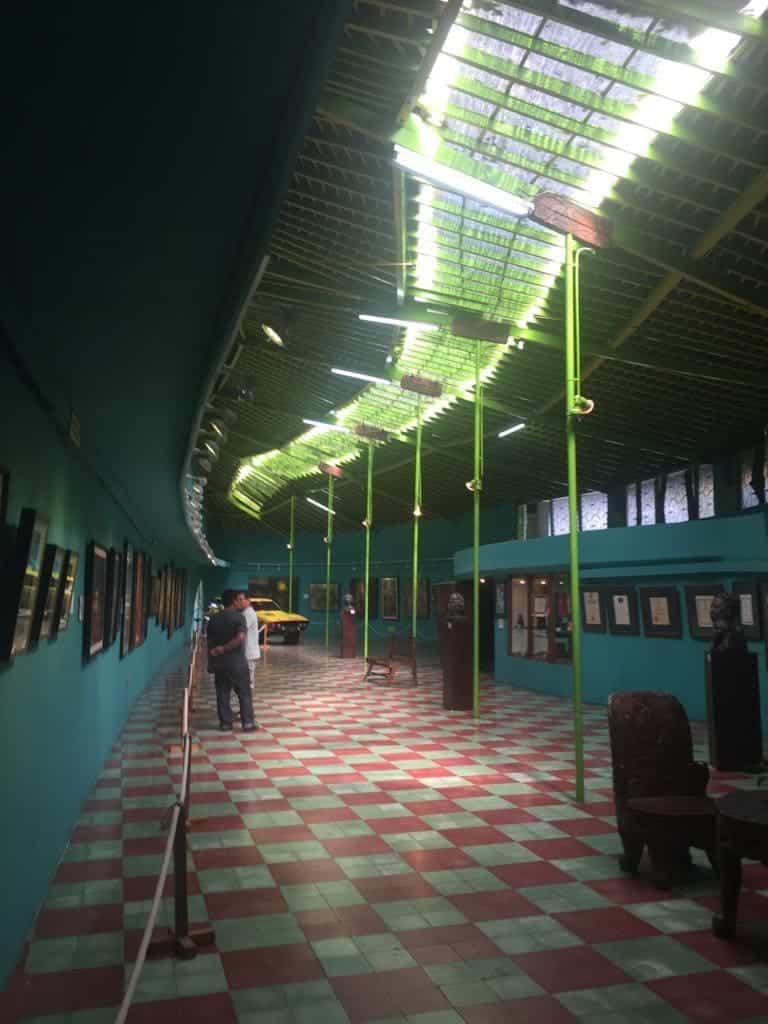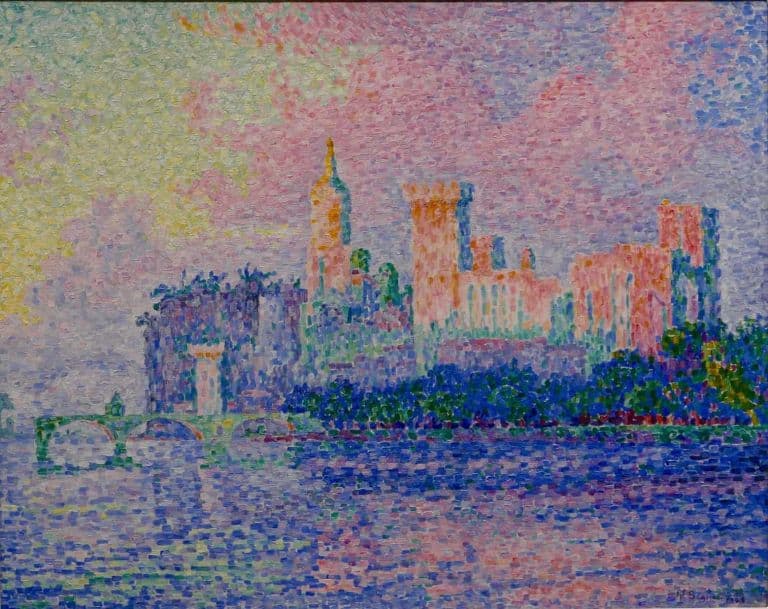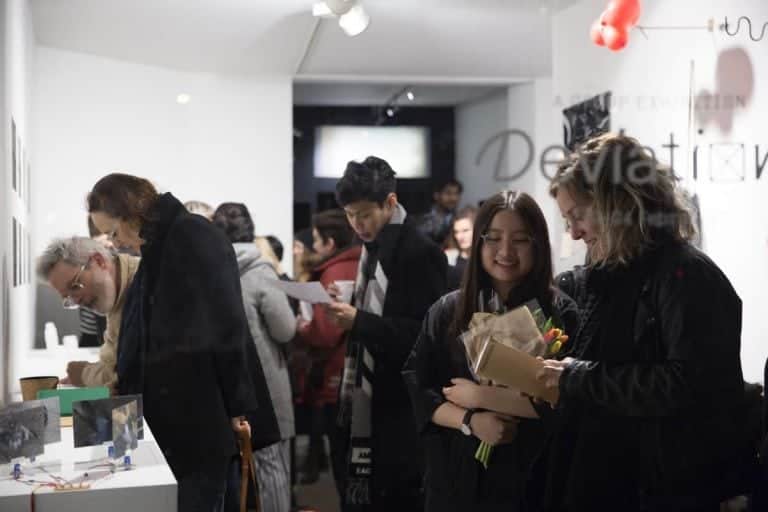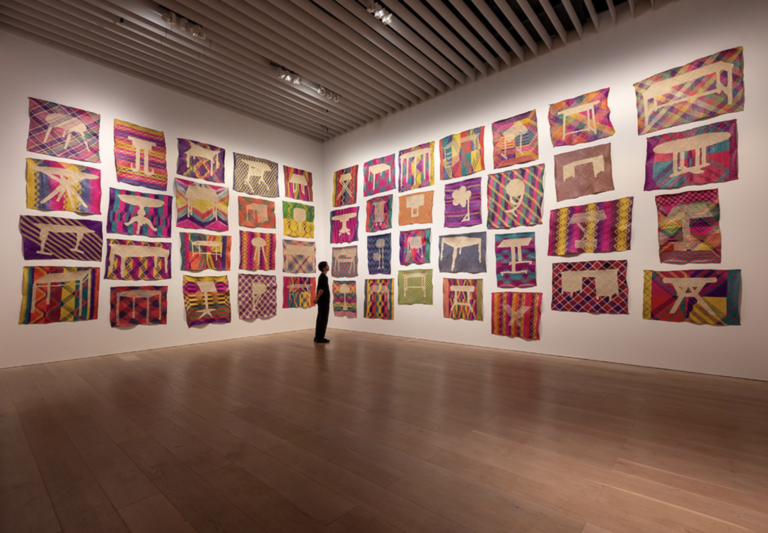Showing at the Metropolitan Museum of Manila, Points of Origin is the Filipino-American public artist Jefrë’s debut solo exhibition in the country. The show, curated by Coralie Claeysen-Gleyzon, centres on Jefrë’s monumental sculptures, scaled down to fit the confines of the museum. Displaying key works from Jefrë’s practice, the exhibition retraces the contours of a career typified by glossy and grand gestures, filtered through a framing of the artist as a child of the diaspora.
“I want to be the guy that creates the next Eiffel Tower or Statue of Liberty,” Jefrë, a second-generation migrant, said in our interview.
It’s a formidable goal that speaks to his interest in crafting awe-inspiring icons symbolic of nationhood and culture. Born to Filipino parents in Chicago, Jefre Figueras Manuel studied urban design and planning in college and later went on to work in architecture.
His trajectory shifted, however, after experiencing a sudden heart attack in 2008, a health scare that made him reflect on his mortality. He decided to focus on art more seriously and eventually start his own company, Studio Jefrë. Over the years, he has built a name for himself in both the United States and the Philippines with his large stainless steel structures installed in public spaces such as malls, town centres, and parks.

Points of Origin, which features Jefrë’s body of work from the past two decades, looks to reconcile not only his artistic practice but also his hybrid identity as a Filipino-American, into a cohesive statement of purpose. The end result is an ambitious but—in my view—emotionally vacant retrospective that never quite lives up to its title.
Faceless and nameless
Jefrë’s statues are hard to miss as they can be seen all across Manila. They have a relentlessly shiny finish and boxed heads, echoing a post-apocalyptic sheen straight out of a Ridley Scott movie.
Sharply geometric yet unspecific, Jefrë’s sculptures insinuate how anonymity, the lonely awareness that you aren’t being seen, can weave itself into the diasporic experience. In The Victor, a 20-storey high landmark currently being built for a Robinsons Corporation residential project in Manila, we witness a huge figure of a man raising his fist up to the air. It is a gesture that Jefrë calls “representative of the global Filipino, of the American dream.”
Alluding to the community of expatriate Filipinos who leave the country in search of better opportunities abroad, Jefrë said that he wanted to create a “beacon,” reassuring migrants “that you can always come home.”
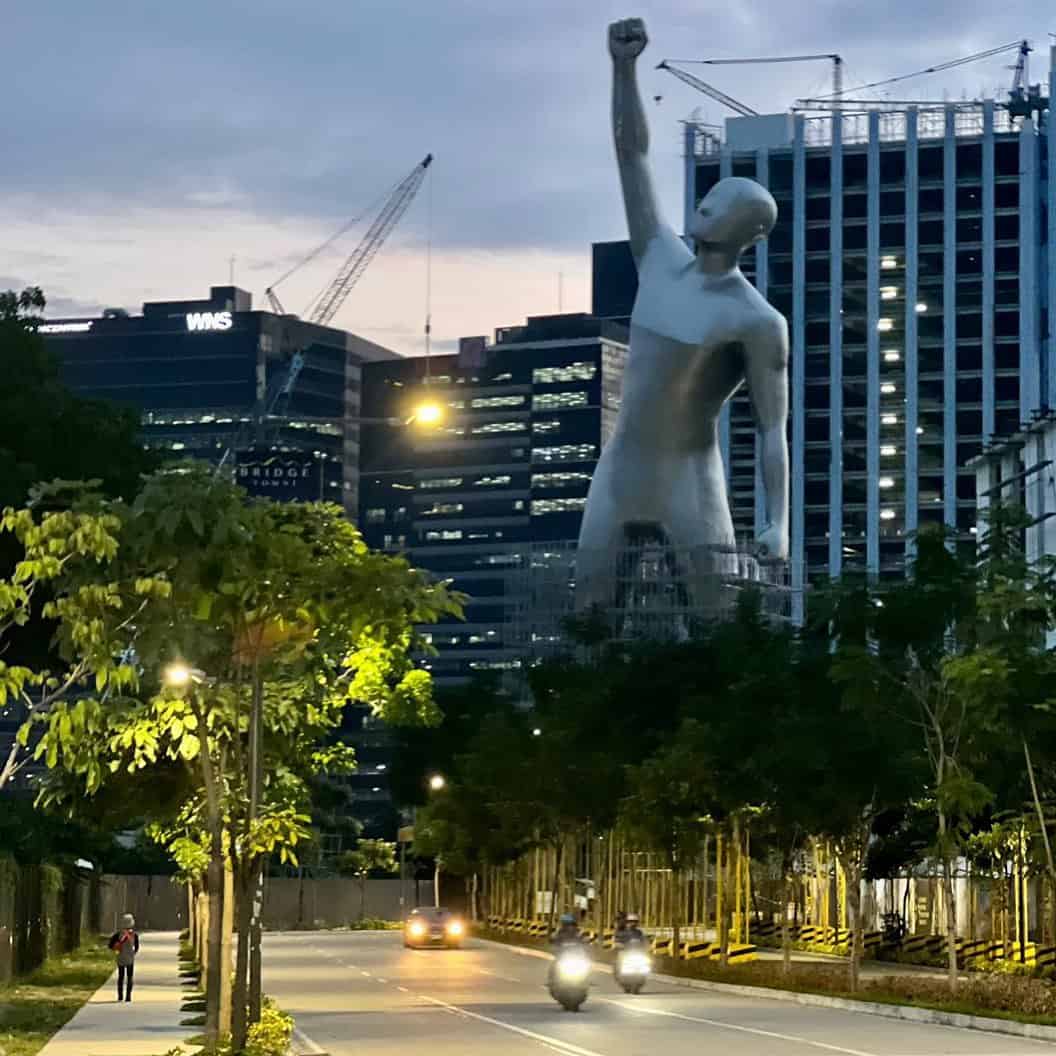
Replicated in its finished form for the exhibition Points of Origin, both iterations of the work say very little about the complexities of the immigrant experience—particularly those of Overseas Filipino Workers (OFW), who contribute to the bulk of the local Filipino economy from abroad.
Faceless and nameless, The Victor imposes a thinly triumphant narrative of departure and return which seems to contribute nothing meaningful to the urgent discourse surrounding OFWs. Many suffer from a lack of visibility in political discourse, especially in host countries such as Saudi Arabia, Qatar, and Kuwait. This, in turn, renders them vulnerable to an array of violations and deprivations. The Victor suggests, instead, yet another depiction of resilience tuned to the gospel of the American dream that dismisses any kind of thoughtful reflection on the numerous, systemic burdens experienced by OFWs.
Anonymity, despite its painful reality, also sells. Deployed as a stylistic choice, anonymity permits an object to be locatable at any time and place. Sterilising specifics in this way makes the works as comprehensible to as broad an audience as possible. This impersonal aesthetic seems to have paid off handsomely for Jefrë. He’s notable in the local art circuit, with various Filipino personalities, business magnates, and even shopping malls among his clientele.
What’s more, Jefrë is one of the rare Filipino artists to gain an international following—Nick Jonas, Priyanka Chopra, and Richard Branson are all notable patrons of his work. If Jefrë’s career arc thus far has embodied the American dream in its trials and glories, his art seems to miss the backstory and cuts right ahead to the success tale of the one percent.
Inert icons
Across Points of Origin, we find shrunken landmarks, suspended plastic heads, and gleaming icons. A businessman checks his watch in the aptly titled Time, a sculpture that Jefrë has said aims to offer passersby a chance to reflect on the precious nature of time. With the original large-scale sculpture situated amid the bustling streets outside SM Megamall, one of the largest malls in the country, Time is all corporate tedium. It stands alone—this sad-looking, inward creature—contemplating perhaps all the time lost spent in traffic, completely withdrawn from the community.


Stripped of their imposing scale, the works in Points of Origins, when seen up close, draw attention to their stark angularity, nooks and crannies where light hits and refracts. They also reveal just how nondescript and lifeless public art can be, especially when corporations and big businesses adopt such an aesthetic.
The Talking Heads series, initially constructed in 2015 to comment on the under-compensated, overworked state of corporate customer service workers, employs transparent acrylic panels moulded in the shape of a head. Flourished with neon lights that highlight hackneyed affirmations in foreign languages (e.g. “I am loved, I am beautiful”), these hanging heads, like The Victor, abstract very real, very pressing issues, such as low wages and poor job security, into inert icons.

Beyond universalism
Seeing such massive objects makes me wonder: what’s the point of erecting sculptures of such scales in 2023? Historically, monument-making is bound by mechanisms of power, authority, and legacy. Monuments, despite seeming innocuous on the surface, may tend to represent the values of the establishment creating them, rather than those of the community. They universalise these values and narratives, presenting them to the public as eternal, timeless, and completely natural.
Jefrë, in his website and press releases, consistently positions himself as a public artist. Though not framed as monuments in the traditional sense, Jefrë’s works, over time, seem to mirror many of their characteristics. This comes from seeking to represent in epic proportions, not one specific individual but entire communities, and frame them in prominent locations.
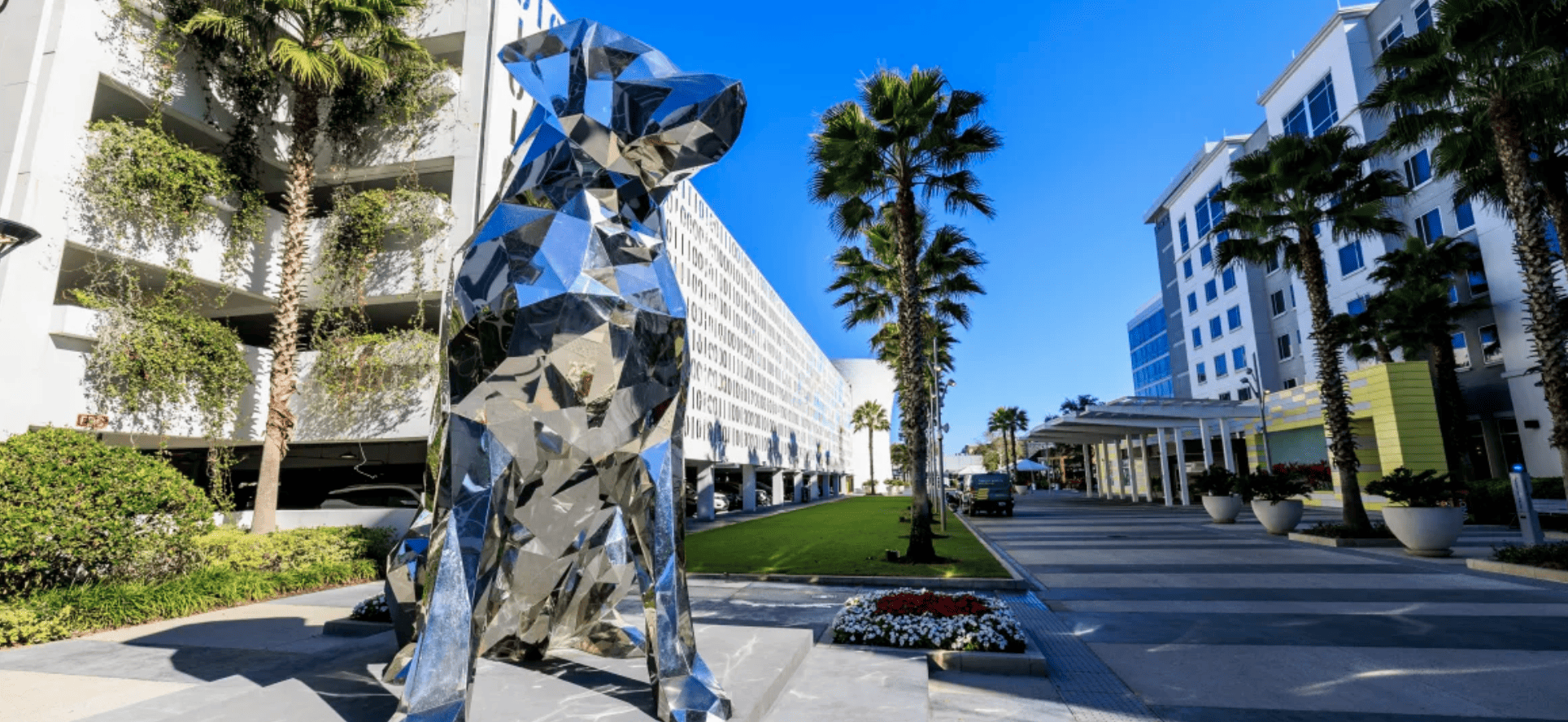
However, his monumental sculptures seem to only reflect a vague relationship with the public he seeks to address. All over Points of Origin, one finds the attempt to frame the public as a universal entity, smudging out the specifics of history, politics, and community.
One alternative to this might be to focus on specific circumstances faced by Filipinos, which may showcase the hardwon narratives of an individual or community instead of anonymous, gratuitous ones. For example, The Victor could have better interrogated representations of fatigue, impoverishment, precarity, homesickness, and estrangement (which OFWs might experience while working abroad) and contrasted them with the potential of a better life back home. Likewise, I can’t help but imagine how much more impactful the Talking Heads series could have been if it had spotlighted actual accounts from customer service workers instead of the clichéd statements in the actual work.
Expressed in a grandiose, large-scale fashion, Jefrë’s works deserve an equally inventive and wholehearted treatment to warrant their size, but they, unfortunately, fall short of fully delivering on this aspect. At a time when our culture is openly reckoning with the historical and political function of public art and statues, Points of Origin lands as just another tired repetition of the same old, good-for-business formula.
____________________________________
Feature image courtesy of the Metropolitan Museum of Manila.
JEFRË: Points of Origin runs until 1 July 2023 at the Metropolitan Museum of Manila in Taguig City. Click here to find out more.







